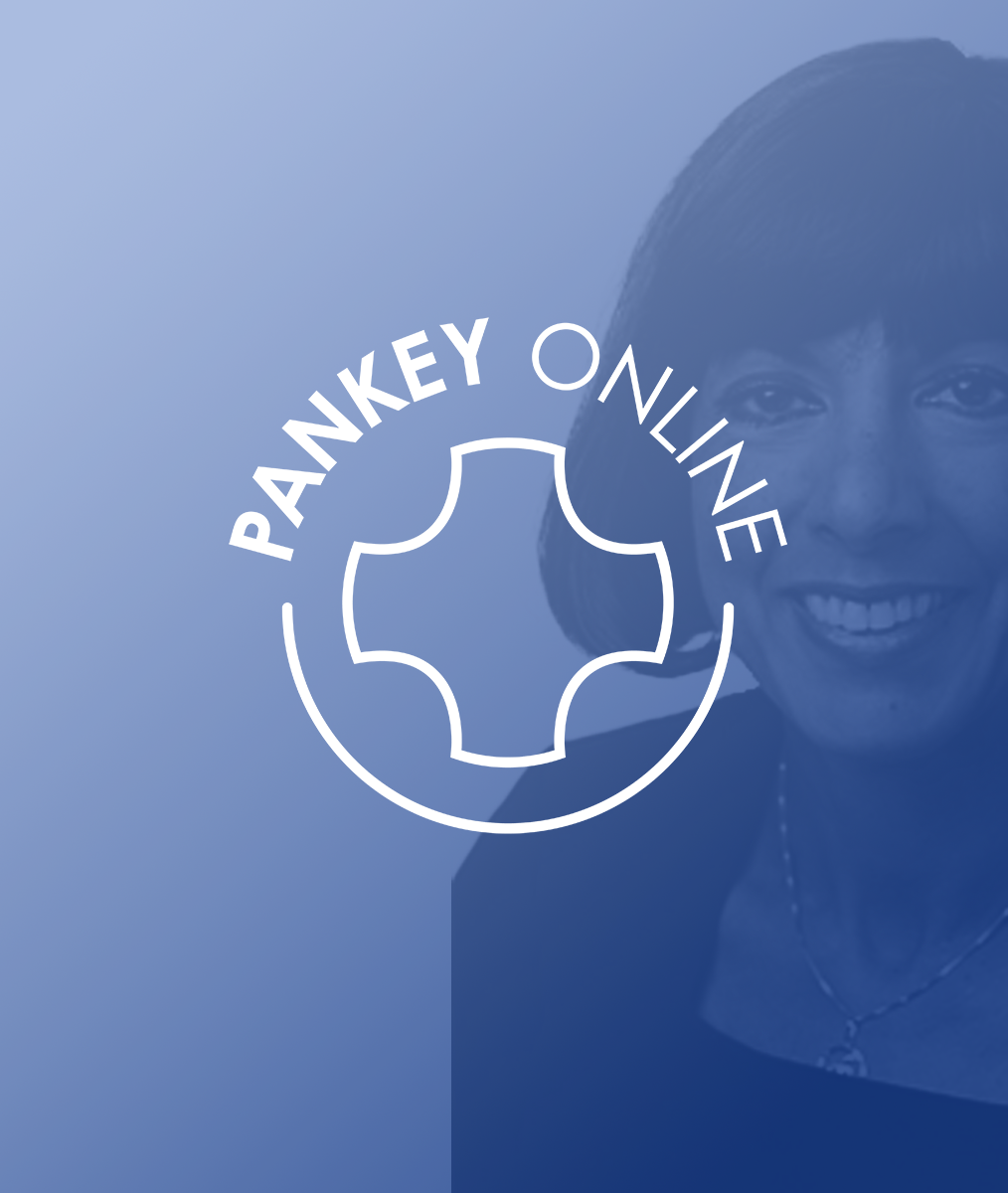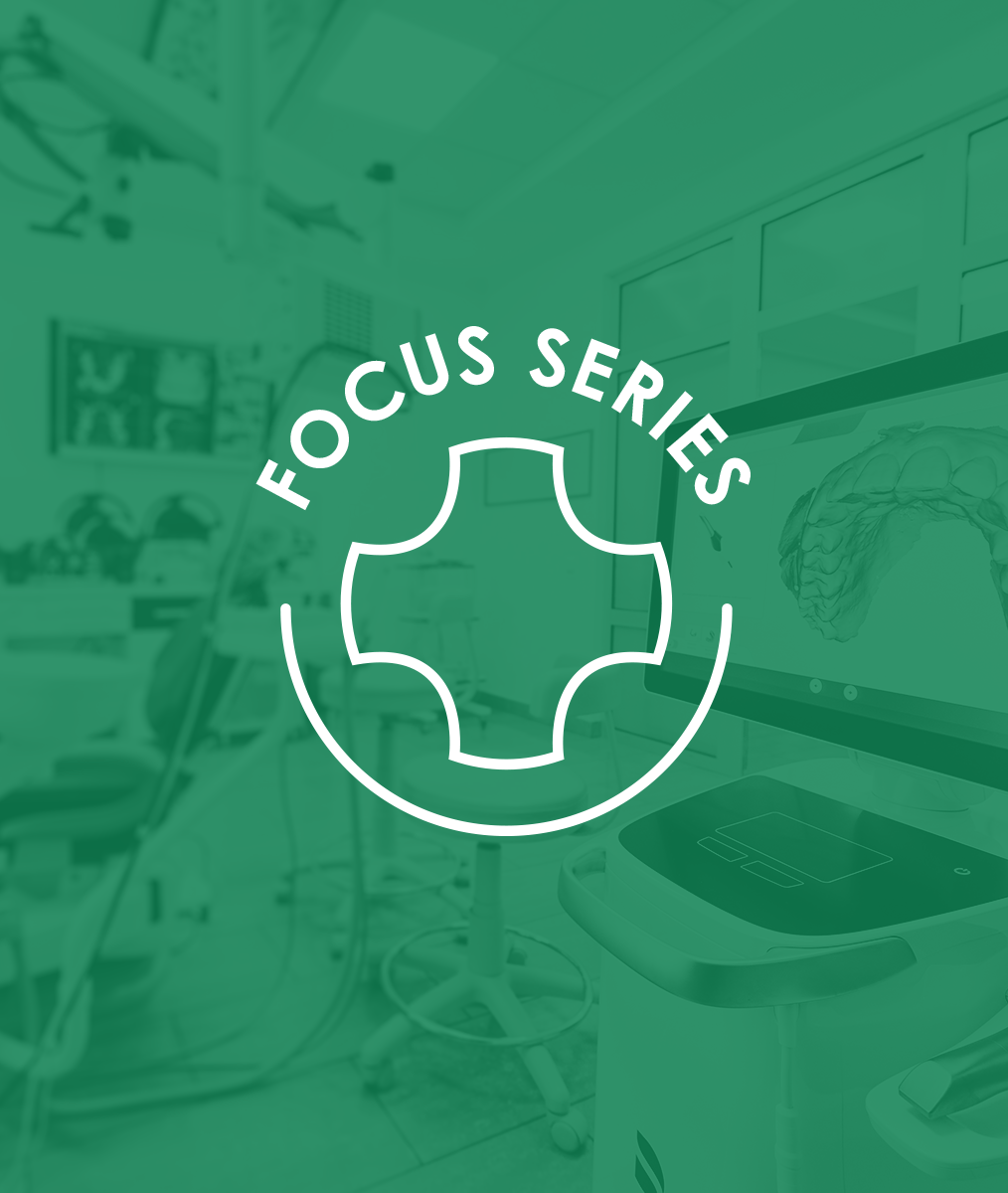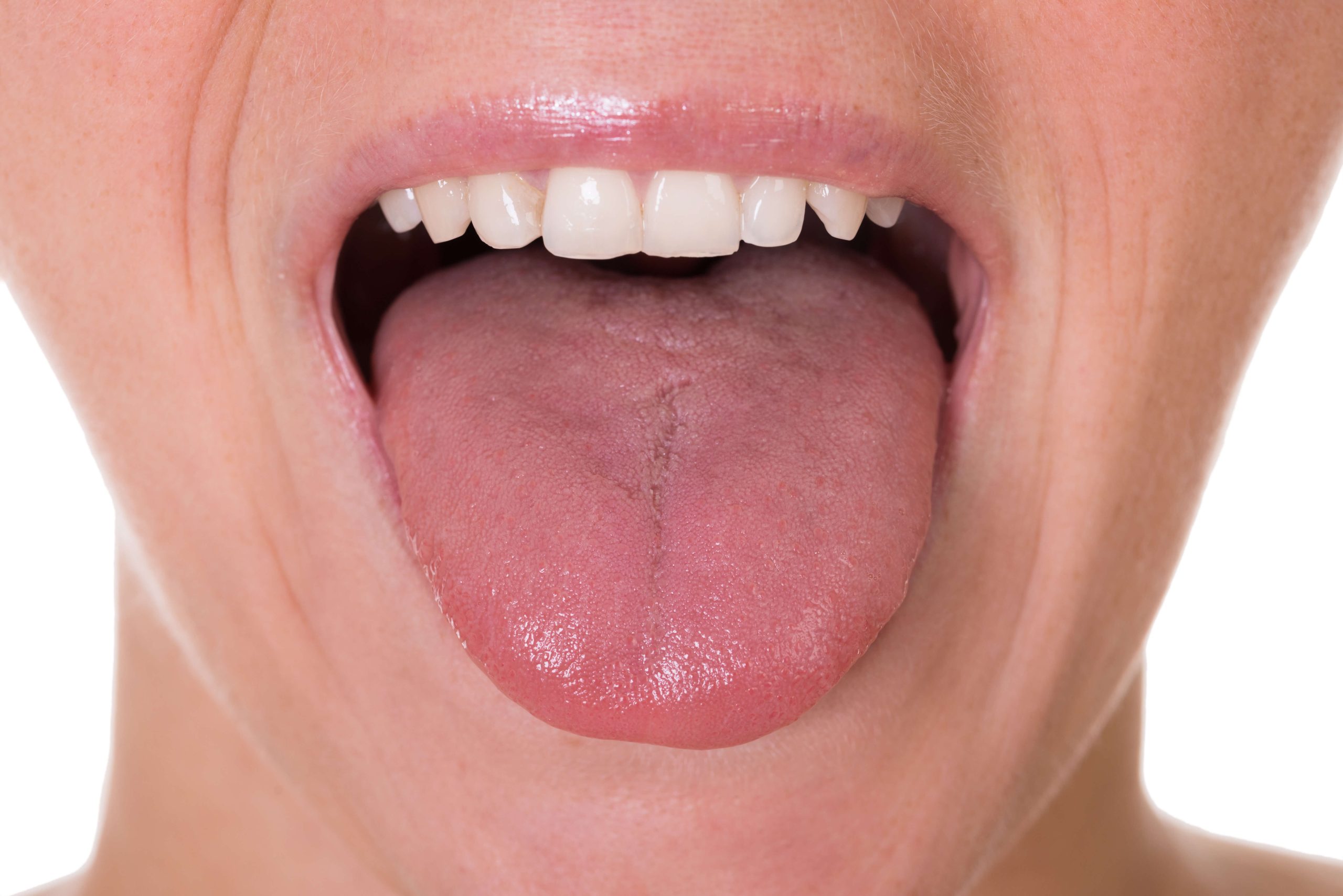3 Tips to Capture Bite Records For Diagnostic Models
We have multiple options when we want to capture bite records for diagnostic models that will be mounted in a seated condylar position. Our approach will depend on specific patients and their needs. This will ensure we can get more accuracy on a more consistent basis. In the end, we’ll have less frustration when we modify our methods to the unique situation.
Here is a great go-to guide for bite records in a variety of circumstances:
3 Tips for Bite Records
1. Patients who need to release muscles or who tighten their muscles as a response to procedures.
In this case, we use bite registration silicone with a leaf gauge or a lucia jig. The leaf gauge allows is to set the vertical dimension to only allow 1mm of thickness of silicone between the posterior teeth. A lucia jig bite record is taken at a more open vertical dimension, but this is the perfect distance for a universal appliance.
Patients with positive muscle findings are most commonly deprogramed through appliance therapy at night, and then true centric relation bite records are taken at the end. Deprogramming can be accomplished with a temporary anterior discluder called a QuickSplint or a more permanent appliance in multiple different designs.
The main challenges with silicone bites include trimming and mounting for an accurate representation and dealing with patients who posture forward.
2. Patients who have relaxed musculature and no findings on a joint & muscle exam.
This situation calls for capturing records with a wax platform. This is a very popular technique at Pankey and produces quite an accurate record result as it is taken at the smallest increase of vertical dimension. Plus, it’s easy to mount while maintaining that high accuracy. As a second choice a leaf gauge with silicone can be used making sure that the fewest number of leaves possible are used just to gain adequate thickness of the silicone.
3. Patients at the end of deprogramming or appliance therapy.
Here again a wax platform record is very advantageous. Wax platforms are made from Schuyler wax. This wax comes in sheets that resemble baseplate, but are a deep red.
For this, you’ll want to tell the patient to take their appliance out to brush and eat breakfast the morning of the appointment. Then they should wear it to the office and then you can take it out to capture the bite record.
For the wax platform: Heat the sheet at the midpoint, cut it in half, then heat each half at the midline, folding to double thickness. Finally, cut the sides for a trapezoid shape. The occlusal stops are placed at the canine and second molar positions and made out of Delar wax. The record is captured using bimanual guidance or can be done with a leaf gauge.
What indicators make you decide to change your technical approach? We’d love to hear from you in the comments!
Related Course
E3: Restorative Integration of Form & Function
DATE: July 25 2025 @ 8:00 am - July 29 2025 @ 2:30 pmLocation: The Pankey Institute
CE HOURS: 41
Dentist Tuition: $ 7400
Single Occupancy with Ensuite Private Bath (per night): $ 345
THIS COURSE IS SOLD OUT Understanding that “form follows function” is critical for knowing how to blend what looks good with what predictably functions well. E3 is the phase of…
Learn More>
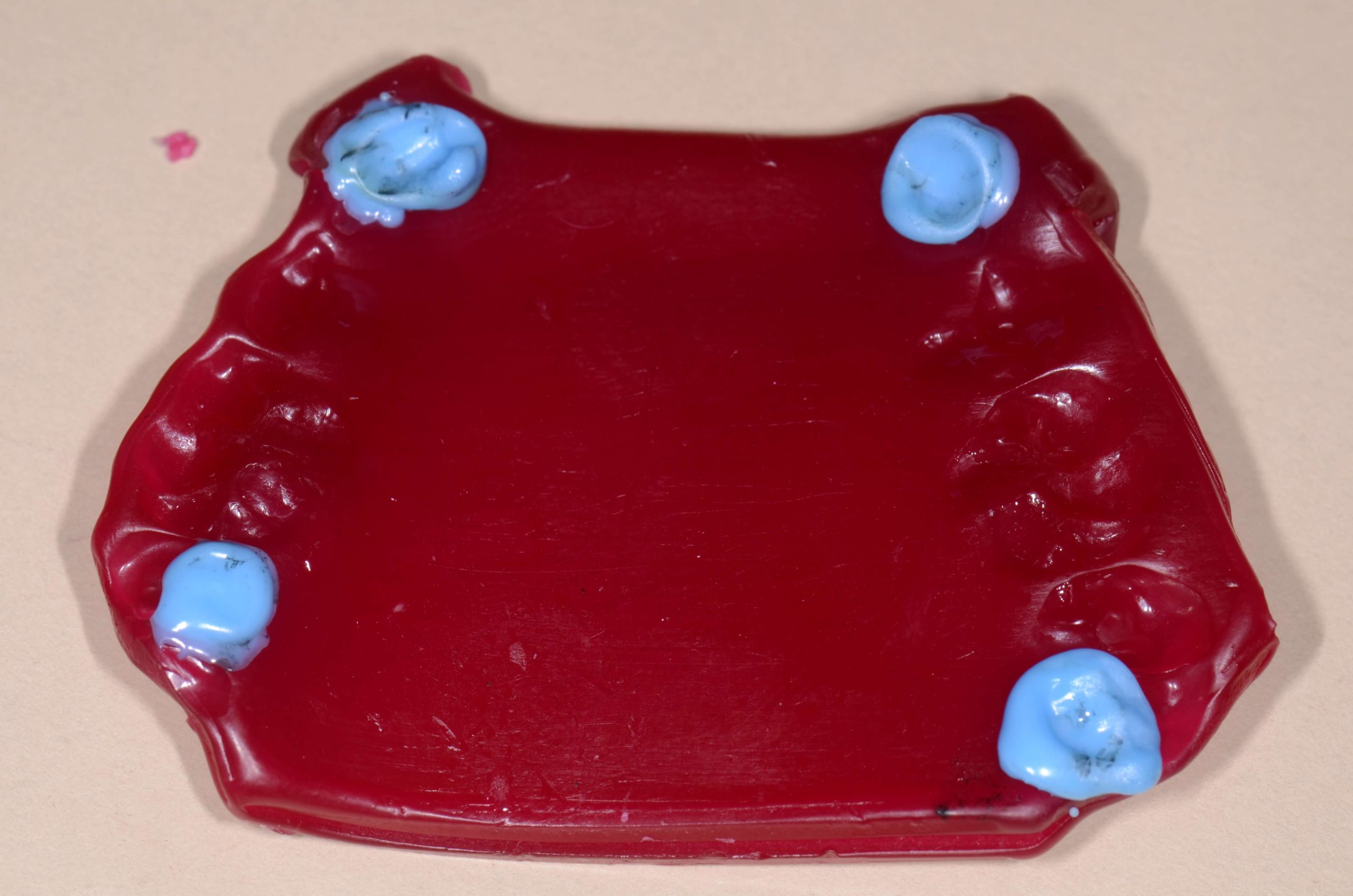











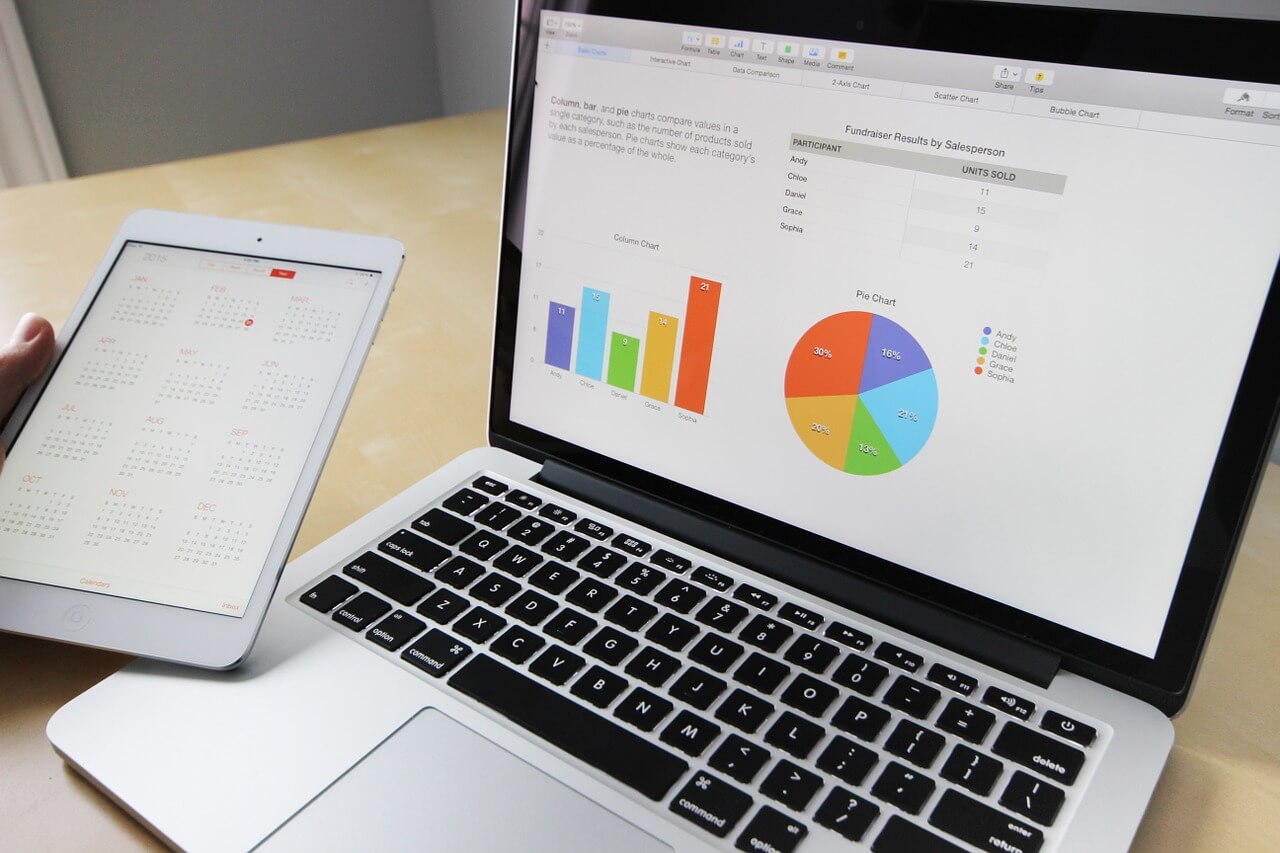
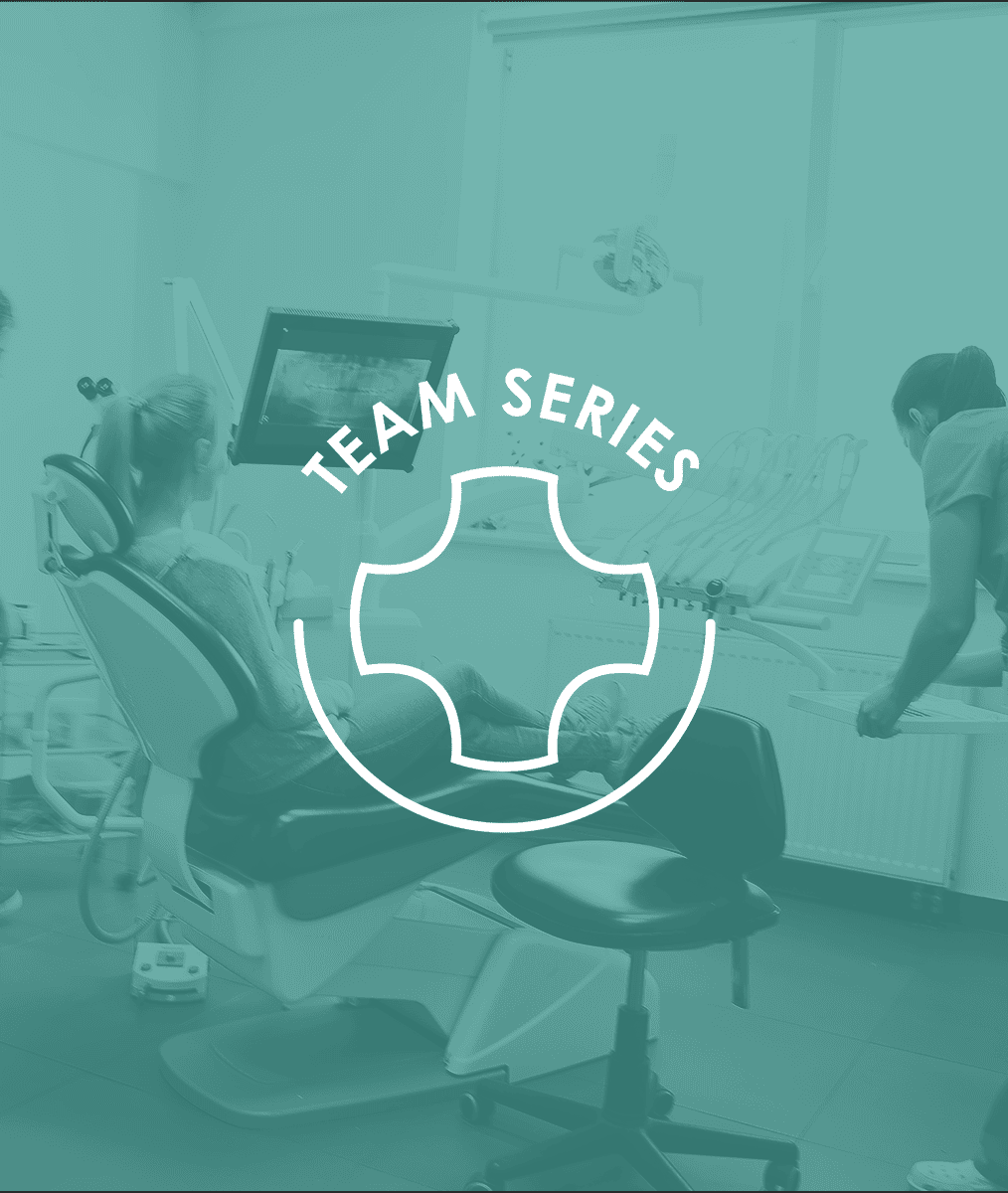
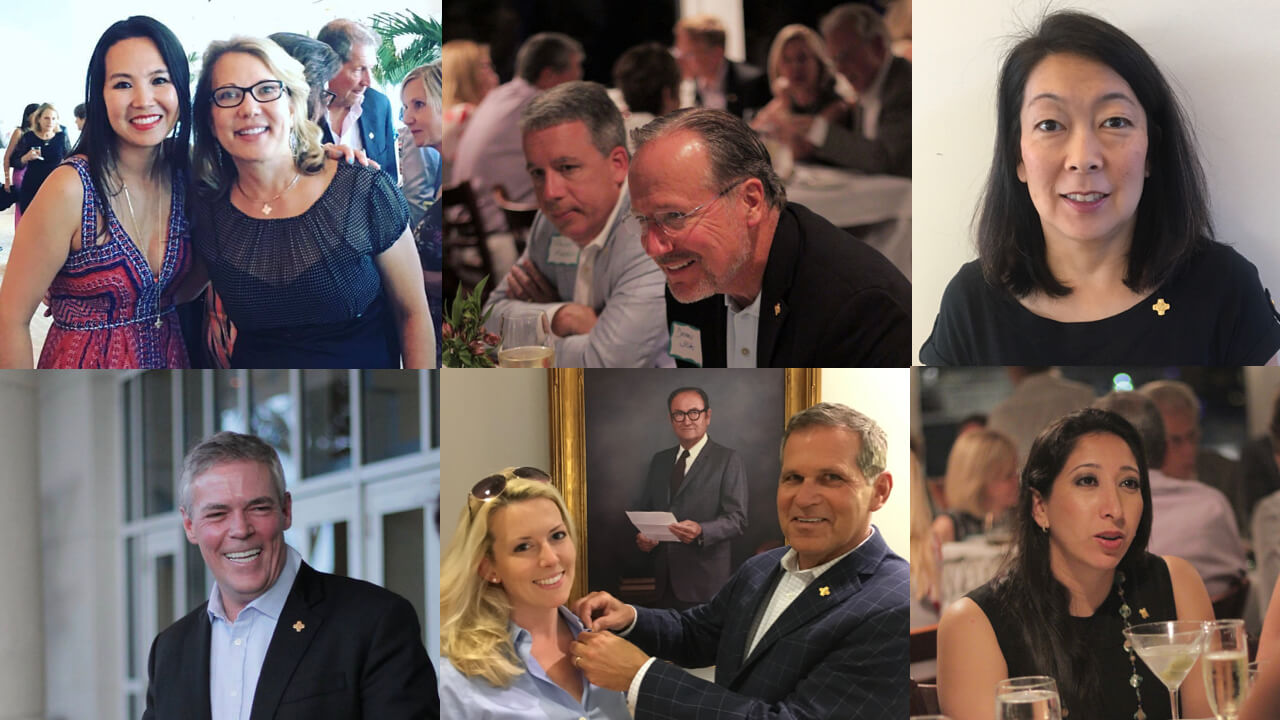
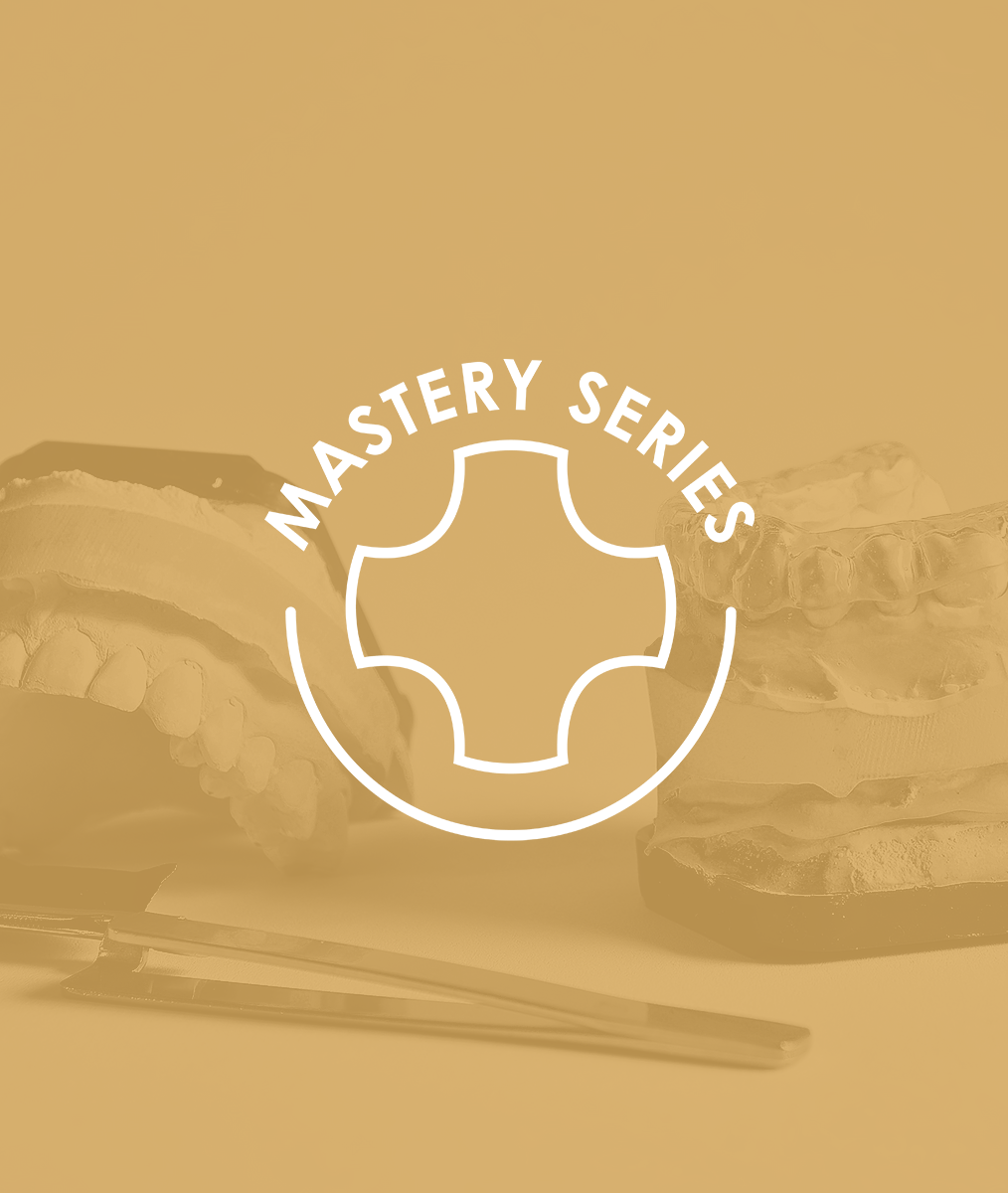

 Luckily, just across the street from the Pankey Institute is a small (but recently renovated & expanded) walk-up restaurant called ‘Oasis Cafe.’ Ordering at this local’s favorite can seem intimidating at first to those unfamiliar with Cuban cuisine, but it is actually a great experience.
Luckily, just across the street from the Pankey Institute is a small (but recently renovated & expanded) walk-up restaurant called ‘Oasis Cafe.’ Ordering at this local’s favorite can seem intimidating at first to those unfamiliar with Cuban cuisine, but it is actually a great experience.